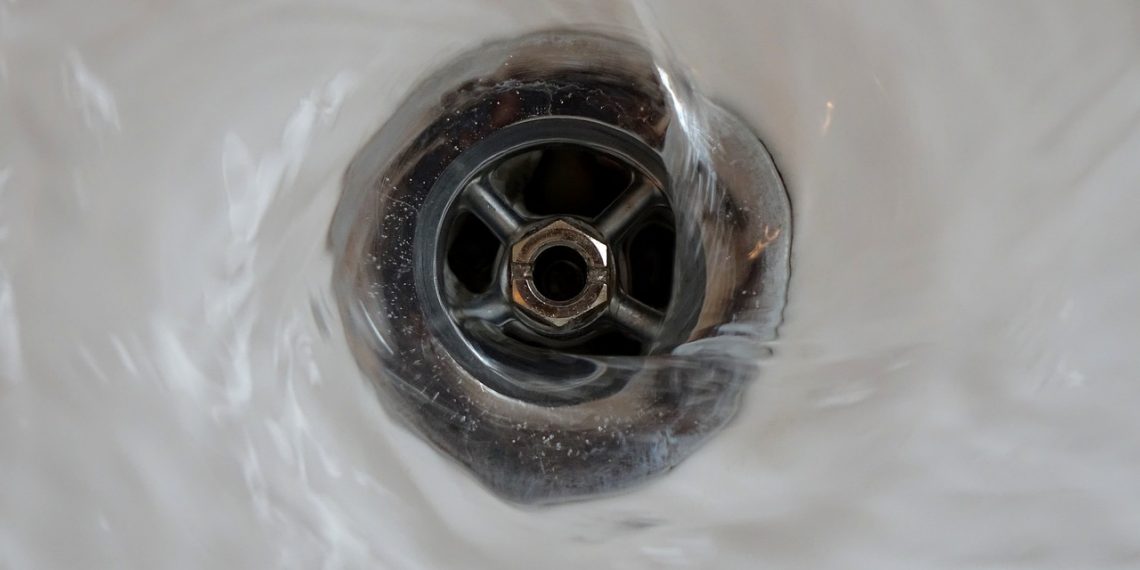Drain systems are an essential yet often overlooked aspect of our everyday lives. From keeping our homes dry to managing stormwater runoff, drain systems play a crucial role in maintaining the functionality and integrity of our properties. But have you ever stopped to wonder about the science behind these seemingly simple systems? In this article, we’ll delve into the fascinating world of drain systems and explore the science that makes them work.
The Basics of Drain Systems:
At its core, a drain system is designed to remove excess water from a particular area, preventing water damage and maintaining a safe environment. Whether it’s a sink drain in your kitchen or a complex network of underground pipes, drain systems operate on fundamental principles of physics and engineering.
Gravity: The Driving Force:
One of the fundamental principles behind drain systems is the force of gravity. Gravity pulls water downward, allowing it to flow through pipes and channels towards a lower point. This is why drains are typically located at the lowest point in a room or landscape, ensuring that water naturally flows away from the area of concern.
Hydrodynamics in Action:
Once water enters a drain system, it encounters various obstacles and channels that dictate its flow. Understanding the principles of hydrodynamics – the study of fluid motion – is essential for designing efficient drain systems. Factors such as pipe diameter, slope, and surface roughness all influence the speed and direction of water flow within a drain system.
The Role of Ventilation:
Ventilation is another critical aspect of drain systems that often goes unnoticed. Vent pipes allow air to enter the drain system, preventing vacuum pressure from forming and facilitating smooth water flow. Without proper ventilation, drain systems can become prone to blockages and inefficiencies.
Innovations in Drainage Technology:
Advancements in technology have revolutionized the field of drainage engineering, leading to the development of innovative solutions for managing water flow. From smart sensors that monitor drainage performance in real-time to eco-friendly materials that promote sustainable water management, modern drain systems are more efficient and effective than ever before.
Conclusion:
In conclusion, the science behind drain systems is a fascinating blend of physics, engineering, and technology. By harnessing the principles of gravity, hydrodynamics, and ventilation, drain professionals can design and implement systems that effectively manage water flow and prevent water damage. As we continue to innovate and improve upon existing technologies, the future of drain systems looks promising, with solutions that are more efficient, sustainable, and resilient than ever before.
Drainage Care UK
Behind every efficient drain system lies the expertise and dedication of professionals like those at Drainage Care UK. With their in-depth understanding of drainage science and years of experience in the field, drainagecare emergency drain unblocking ensures that homes and businesses across the UK are protected from water-related challenges. Their commitment to excellence and innovation makes them a trusted partner in maintaining functional and reliable drain systems for years to come.


